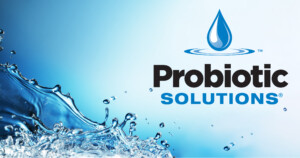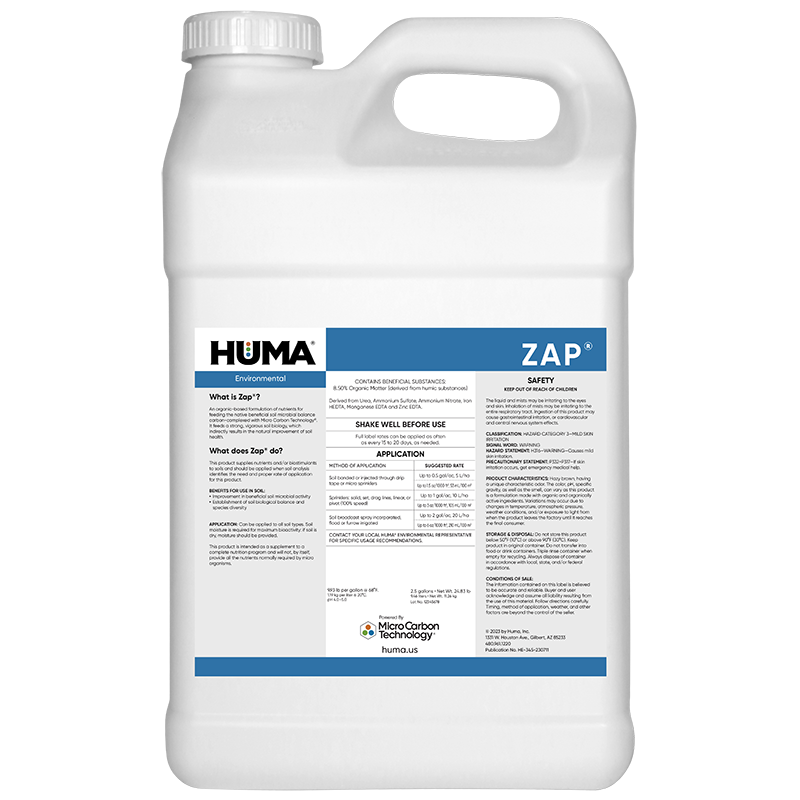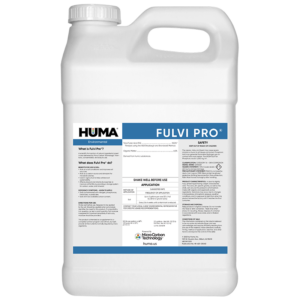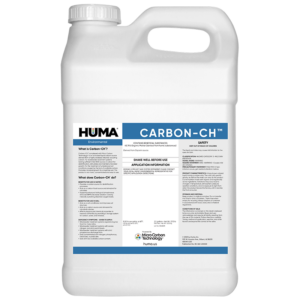FAQs
Related Videos
Huma Gro Fumigation Replacement Program for Strawberry Growers
This case study conducted by Pacific Ag Research in Arroyo Grande, Calif. on Portola Strawberries shows that using Huma Gro biopesticide and fertilizers without additional soil fumigation leads to a much higher strawberry yield.
Learn More
All Things Strawberry (Part 2): The Huma Gro Farmer podcast (video)
In Episode 2 of The Huma Gro Farmer podcast, we discuss All Things Strawberry (Part 2) from bud initiation to post-harvest with our strawberry experts: Huma Gro Senior Director of U.S. Domestic Sales Doug Greer,
Learn More
All Things Strawberry (Part 1): The Huma Gro Farmer podcast (video)
In Episode 1, we discuss All Things Strawberry from pre-plant to transplant with our strawberry experts: Huma Gro Senior Director of U.S. Domestic Sales Doug Greer, Eastern Sales Manager and Agronomist Barrett Smith, Florida Regional
Learn More
Related Products
Related Case Studies

Super Phos® Lowers Papermill Operating Costs in China
Problem The existing wastewater treatment system uses 600 kg/day of diammonium phosphate (DAP) to provide the needed phosphorus concentration to maintain a healthy microbial population to treat wastewater. These microorganisms break down the organic matter being discharged from the paper processing facility. Without the correct concentration of available phosphorus, the microorganisms are unable to grow

Bio Energizer® Reduces Sludge at Small N.M. Municipal Facility
Problem A small town in New Mexico (pop. 1,300) had a municipal wastewater system with a flow rate of 50,000 gallons per day. The system included a series of three lagoons that tapered to a depth of 13 feet. Pond 1 had an average sludge depth of 1.9 feet, Pond 2 averaged 3.5 feet, and

Bio Energizer® Reduces Sludge at Small Municipal Facility
Problem A small town in Utah (pop. 1,800) had a municipal wastewater system with a flow rate of 192,000 gallons per day. The system included a series of four lagoons that tapered to a depth of 6 feet, although at this time only Ponds 1 and 2 were being evaluated for treatment as they were
Related Blog Posts

BHN Remains Open for Business
At this time, though we have reduced all nonessential staff travel/interaction and are not accepting visitors, Bio Huma Netics remains open for business and is processing all orders. In anticipation of the possibility that we may have to suspend production at some future time to protect the health of our staff, we encourage our customers

Bargaining for Clean Water: Why Dean Kamen Invented the Coca-Cola Freestyle
By Jael Batty When Kamen asked Coke for help distributing his water purifier, Coke challenged Kamen to develop a better soda fountain first. Dean Kamen, Inventor of Medical Technology The inventor of the Segway, Dean Kamen is known in the scientific community for developing medical equipment. His inventions include a wearable prescription pump for insulin

Up to 85% Solids Destruction Achieved Using BIO ENERGIZER®
By Heather Jennings, PE The wastewater treatment facility operators at a city in Missouri wanted better digester performance. They needed a better settling sludge and a higher volume of decants, as well as more room to waste sludge within their existing digesters. The options to dispose of the digested sludge were becoming more and more






